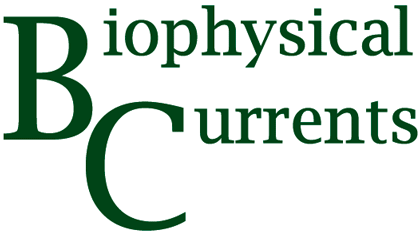
| Home |
| Course Information |
| Lecture |
| Assignments |
| Evaluation |
| Contact Information |
| Links |
Lew Lectures | Jerzak Lectures | Guest Lectures |
Lew Lectures
Course Notes and Readings for the Lew Lectures are mounted on Steacie's e-Reserves
[link]
GROWTH AND FORM: Allometry [01]
growth and life cycle dimensional analysis The relations between organismal size, life cycle and physiological function (metabolism, etc.) will be introduced to form a general overview of the physical envelope of organismal life.
GROWTH AND FORM: Biomechanical Constraints on Growth and Form [02]
the height of a jump the height of a tree The relations of force and motion will be explored in the context of 'defying' gravity (to explain why fleas and humans are able to jump to the same height). The height of a tree relates to growing high to optimize light collecting for photosynthesis, the strength of materials and how they limit height, and the need to supply water to the topmost regions of the tree, all constrained by physical limits.
MOLECULAR MOTION: Brownian Motion [03]
Einstein's explanation of Brownian motion (thermodynamics and molecular theory) Einstein's explanation, a derivation from a two-dimensional random walk, was the starting point for a physical explanation of the flux of neutral solutes, in solution (Fick's equations).time dependence The constraints on biological organisms as a consequence of the slowness of diffusion over long distances will be presented.
MOLECULAR MOTION: Membrane Partitioning
Osmotic flux and membrane permeation Collanders' data on The permeability of Nitella cells to non-electroytes. Osmotic pressure and permeability Olive oil partitioning and membrane permeability reveal the properties of the plasma membrane, but also offer insight into osmotic gradients and the flow of water across membranes. Osmotic pressure measurements of permeability recall the thermodynamic underpinnings of Einstein's explanation of Brownian motion.
MOLECULAR MOTORS: Cellular Movement [04]
Reynold's number: Laminar and turbulent flow Viscosity and drag Small sizes, low velocities and viscosity create a very different physical 'universe' for small versus large organisms.
MOLECULAR MOTORS: Bacterial Motility [05]
Rotatory engines Chemiosmotics (energetics) Vectorial movement of hydronium ions passing through the stator/rotor causes rotatory motion of the flagella and thus bacterial motility.
READINGS for Lew Lectures
[click here for the Lew Lectures syllabus in pdf format]
Jerzak Lectures
ABSORPTION AND LUMINESCENCE MOLECULAR SPECTROSCOPY
LASER BIOPHYSICS
NUCLEAR PHYSICS AND BIOLOGY AND MEDICINE
NUCLEAR MAGNETIC RESONANCE SPECTROSCOPY/MAGNETIC RESONANCE IMAGING
NEUROBIOPHYSICS
NANOBIOPHYSICS
